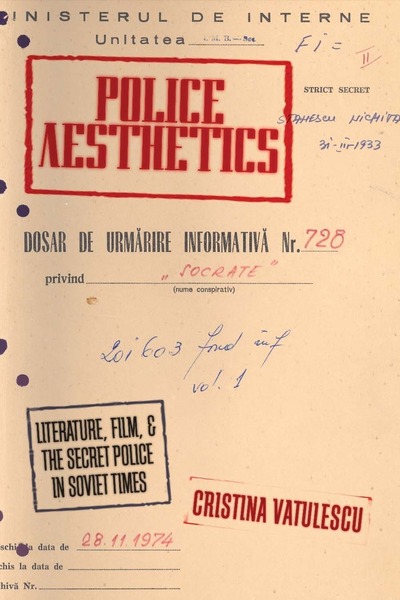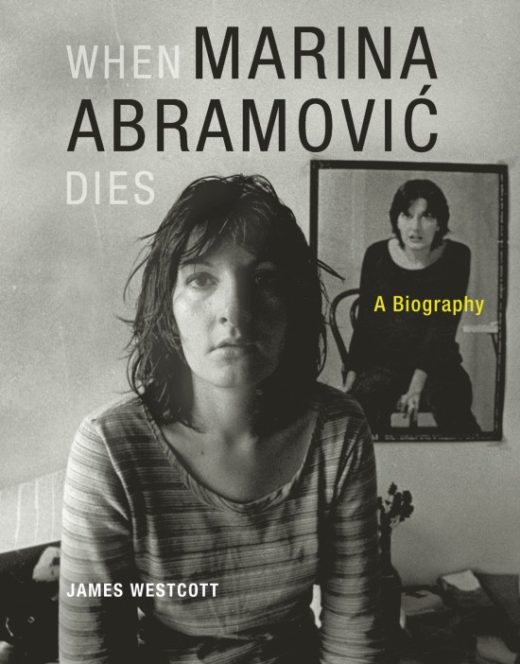Birgit Beumers and Nancy Condee (eds.), “The Cinema of Alexander Sokurov”
The Cinema of Alexander Sokurov, Birgit Beumers and Nancy Condee (Eds.), London: I.B. Tauris, 2011, 262 PP.
Alexander Sokurov is, by any standards, a highly original filmmaker, but one whose work is dark, disjointed, and often frustrating to view. The reasons for this are rooted only partially in the norms of auteur cinema that place a premium on making the medium itself difficult. In the case of Sokurov, this difficulty is intensified by a kind of anxiety of influence vis-à-vis his mentor Andrei Tarkovsky, whose vibrant, spiritualized cinematography would have been hard, if not impossible, to top. Sokurov reacted … Read more









